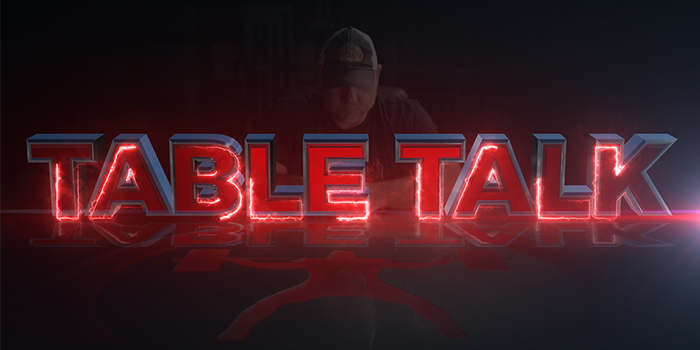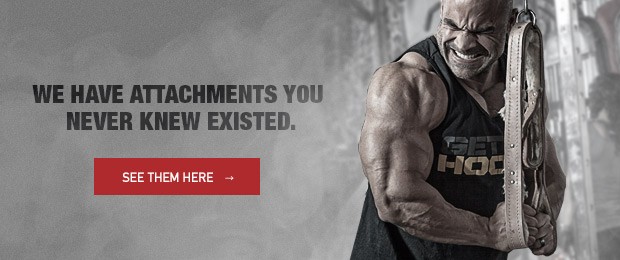
If there's one thing most lifters know about Westside style training programs, it's the intensity of the max effort training days. Anyone who has heard of the program knows that, each week, you have a training day devoted to moving as much weight as possible, usually for a one or three-rep max. There is no confusion about it: when you show up for max effort day, you better be ready to push yourself.
But after that main movement, what about the rest of the workout? Should everything else be done to failure? Are the remainder of your exercises supposed to be all-out? In this Table Talk video, Dave answers a question about assistance movements and training to failure:
"Should you train to muscle failure on assistance movements on a conjugate program?"
Dave begins by pointing out that the problem with this question is that the term "assistance movement" can be used to refer to several different things. The best way to solve this issue is by having a very clear definition of each piece of the training program and which exercises fall into which category.
For a conjugate or Westside style program, you always begin with your main movement, which will be either the max effort method or the dynamic effort method, depending on the training day. This exercise is intended to help build the competition squat, bench press, or deadlift. Following the main movement, you move to a supplemental movement which is strength-based in the three to five rep range. Its purpose is to build the max effort exercise and should never be trained to failure — if it does happen, Dave says, it's not the end of the world. You just need to make sure it doesn't become a regular thing.
Following the supplemental movement are your accessory exercises, which build the smaller body parts and are isolation movements such as side raises, one-arm overhead presses, triceps extensions, etc. Because these are isolation exercises and hit smaller body parts, they are easier to recover from and should frequently be trained to failure — not all the time, but most of the time. Because you will only be doing one or maybe two exercises for a body part—unlike bodybuilders who do four or more exercises for one body part—going to failure should not push your body past its recovery capabilities.
WATCH: Table Talk with Dan Green — How to Choose Secondary and Accessory Training Movements
Dave's final point to remember is that the question with accessory movements you should always ask is, "Will this exercise move up the chain to build the supplemental movement?" You shouldn't be doing an exercise just to do something. There must be justification for each exercise in your program, and if there isn't you need to ditch it.
This is a place where lifters most often encounter problems with the conjugate program. They make the mistake of doing too much shit at the bottom of the chain that has no correspondence. You should always be thinking up the chain. Will the accessory exercise make the supplemental movement stronger? Will the supplemental movement make the main movement stronger? And finally, will the main movement make the competition lift stronger?










